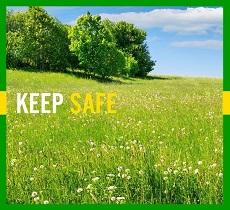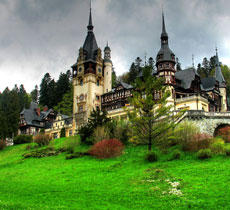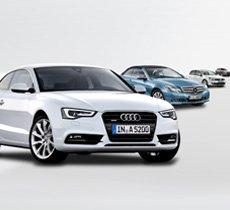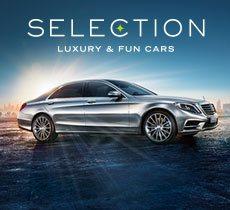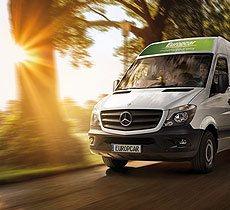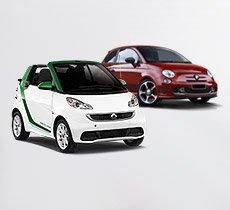Traffic Regulations in Romania
Traveling by car or coach is the easiest way and a vast majority, over 60 percent of foreign tourists use this way of transportation. The steering wheel is on the left and European driver's licenses are recognized by police. For Americans, a passport and valid US driver's license are sufficient for car rental. If you drive your own car, you must purchase a road tax sticker (the "Rovinieta") either from the border or from the nearest gas station. Driving without one will incur a severe fine.
Be aware that Romanian police have recently bought very modern radars to catch speeding motorists. Speed limits are generally 100 km/h outside of a city and 50 km/h within a village
The Romanian police is very tough on drunk driving - controls are very frequent - and basically any alcohol counts as drunk driving. If you are involved in a car accident while driving, and the accident has human victims you must stop and wait for the traffic police. Driving away from the scene is considered hit-and-run. Simpler accidents with no victims can be solved with yourself and all parties involved having to go to a police station and make a statement, but, if in doubt, better phone 112 (Emergency Services) and ask for directions.
In most of the cases, after an accident it is mandatory to take a blood test to establish if the drivers had consumed alcohol. Refusal to undergo this test is almost certainly to land you in jail - the punishment is usually more harsh then the one for drunk driving.
.
Types of roads
Motorways
- A1 - planned to connect Bucharest with cities in southern Transylvania and then proceed to the western border; the only part completed so far is the 110 km long stretch between Bucharest and Pitesti. Arad - Timişoara is under construction, and should be opened by November 2010.
- A2 - by 2010 is expected to link Bucharest with the Black Sea port of Constanta; for now, out of the total 225 km length, only the Bucharest - Cernavodă segment (about 150 km) is completed. Cernavoda - Constanţa is expected to be completed in early 2010.
The speed limit on motorways is 130 km/h.
Expressways
The only completed expressway is the 60 km long Bucharest - Giurgiu road. It is in the process of upgrading to motorway standard.
The speed limit on expressways is 100 km/h.
National roads
In the absence of motorways the national roads remain the most important element of the Romanian transport system, as they connect the main cities in the country. They sometimes have 4 non-separate lanes, but many have only two lanes (a notable example is DN1 Câmpina-Braşov - the 100 km mountain stretch can take 6-7 hours to navigate during weekends. Thanks to recent investments most of them are in reasonable condition, but they are frequently overcrowded and (as they pass through villages and cities) rather slow.
The speed limit on national roads is 100 km/h
Other roads
County and rural roads are generally in a poor condition compared with national roads (lack of signs, abundant potholes etc.). Some rural roads are covered with gravel.
The speed limit on these roads is 90 km/h.
Note that for ALL roads, when in a city, town or village, the speed limit is 50 km/h.

